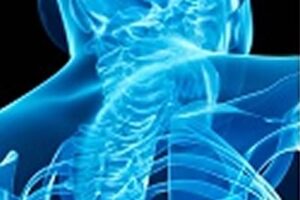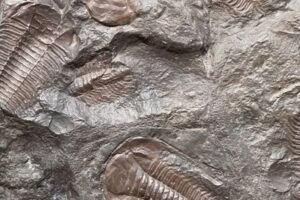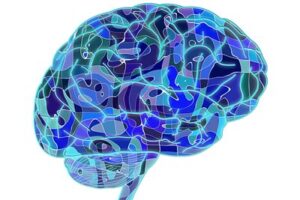Posts sorted by Archive

Can computers generate creative designs for everyday objects?
Oliver van Kaick, School of Computer Science Computer tools for modeling 3D shapes have become quite advanced. These tools are…

X Rays: from Röntgen to digital radiography and beyond
Paul Johns, Department of Physics X rays are the key technology of hospital imaging departments, and are also used in…

From Destruction Comes Creation: Using Taphonomy to Understand Dinosaur Behaviour
Jordan Mallon, Department of Earth Sciences Taphonomy is the study of those processes that act on an organism after it…

Grow Your Own App
Dwight Deugo, School of Computer Science You can brew your own beer, bottle your own wine, and even fix your…

Battling cancer using computers and statistics
Nelson Miksys, Department of Physics In 1901, Pierre Curie first suggested to treat cancer by surgically implanting radioactive material into…

How to save more threatened species
Joe Bennett, Institute of Environmental Sciences Despite the efforts of global and national conservation agencies, the number of species threatened…

Folic Acid and the Brain
Nafisa Javadji, Department of Neuroscience Folic acid is a vitamin that we mostly get from our diet. Although the importance…

Tell me the old, old story: Enhancing health and well-being among older adults using story and song remembrance
Brian Cousens | Department of Earth Sciences New Zealand is famous for its wines, the All Blacks, and the Lord of…

What is mass and how is it measured?
Kevin Graham, Department of Physics Mass affects the evolution of the universe, via gravity, on the largest scales but also…

Dealing with fear: the cognitive ecology of predator-prey interactions?
Chris Elvidge | Department of Biology Predation is one of the most dramatic processes in ecology and the benefits of…

Airport Inspection Technology
Jeff Smith, Department of Chemistry The security of travelers has always been of paramount importance to federal regulating bodies. In…
Page 44 of 44